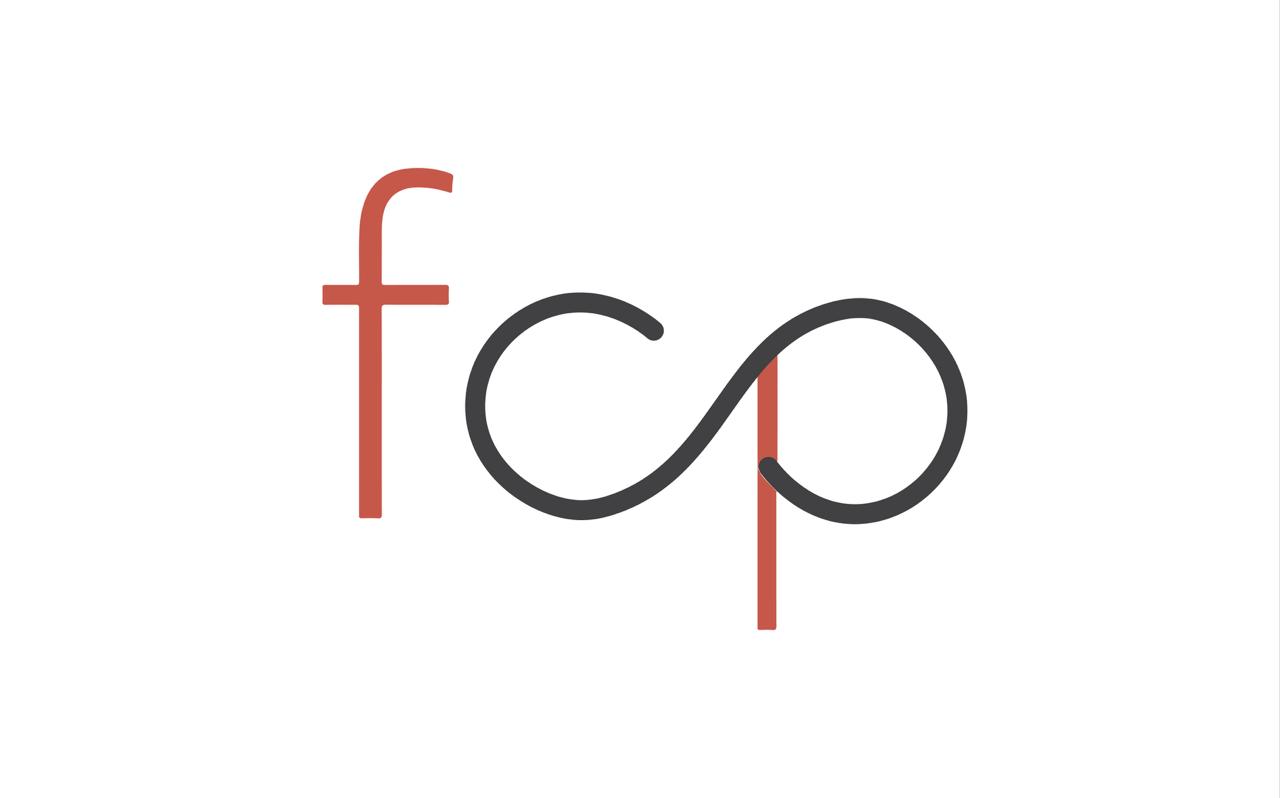Why Your Funnel Feels Broken — And What to Do About It

Written by: FCP Team
Let me tell you about the time I discovered our funnel was a total fraud. It was back when I was leading a demand gen program for a B2B SaaS product with a solid reputation and a beautiful marketing dashboard — full of MQLs. So many MQLs. The problem? None of them were buying. Sales was unimpressed. The Country Head called them “ghost leads”! It was time to take an honest view of the situation.
You see, the traditional funnel is like a gym membership in January — full of high hopes at the start, but most of it goes unused by the end. It looks neat in theory: leads enter, sales engages, deals close. Reality? Leads get stuck, sales blames marketing, and marketing hides behind pretty graphs. Forrester’s B2B Revenue Waterfall gave a name to what I was experiencing — and a better solution: track buying group behavior, not just individual leads.
This was a revelation. In enterprise deals, decisions aren’t made by one person clicking a whitepaper. It’s a squad — IT, finance, procurement, end users, legal. They don’t line up politely; they come at you sideways, asynchronously, and sometimes invisibly. The Revenue Waterfall model accounts for that mess. It maps opportunity based on where the ‘group’ is in the buying journey — not where your lead scoring algorithm thinks they are. Its all about the ‘opportunity’ and not the ‘lead’.
And here’s where the Account-Based approach comes in — the real hero of this story. ABM (Account-Based Marketing) focuses not on individual leads but on high-value target accounts. It aligns perfectly with the buying group concept. By treating the account as the unit of attention, we began building customized content and journeys for all personas involved in the deal.
We also worked closely with the sales team to define ICP (Ideal Customer Profile) accounts, and used firmographic and intent data to prioritize who got what. Suddenly, we weren’t just spraying campaigns and praying. We were tailoring our outreach, speaking the language of each stakeholder — and giving sales the air cover they needed at the right time.
We applied this framework in a campaign targeting mid-market financial firms. We stopped obsessing over lead volume and started mapping accounts based on buying signals across personas. We used tools like 6sense and DnB to get intent data and enhance our database, adjusted our messaging for CFOs and risk officers, and built journeys for the group. Pipeline health improved significantly and more importantly with better surety in 3-4 quarters. True story.
What changed? For one, our meetings with sales became strategy sessions, not blame games. Instead of “Why aren’t you following up on these leads?” we asked, “What are your key accounts saying?” The friction between marketing and sales melted into something magical: shared ownership.
Companies like, Cisco and Adobe are miles ahead in this game. They’ve embraced buying group marketing not as a tactic, but as core strategy. Their success metrics? Group engagement, stage progression, and deal velocity — not “MQLs sourced.”
So, what’s broken isn’t your funnel per se. It’s the lens you’re using. If you’re still celebrating form fills while sales stares at an empty pipeline, it’s time for a rethink.
Here’s what I recommend:
- Map your key personas in a buying group and look at how they move together.
- Use ABM principles to prioritize and personalize account journeys.
- Co-create target account lists with sales and revisit them every quarter.
- Redefine success: It's not the number of leads, it's the quality of conversations across the group.
Long story short - Stop marketing to leads. Start marketing to accounts and buying groups. It’s messier, slower, and far more effective.
If this sounds familiar — and painful — I’ve been there. And I help companies build smarter, group-based, account-first demand engines that sales teams actually like. Let’s talk.
